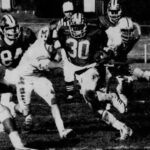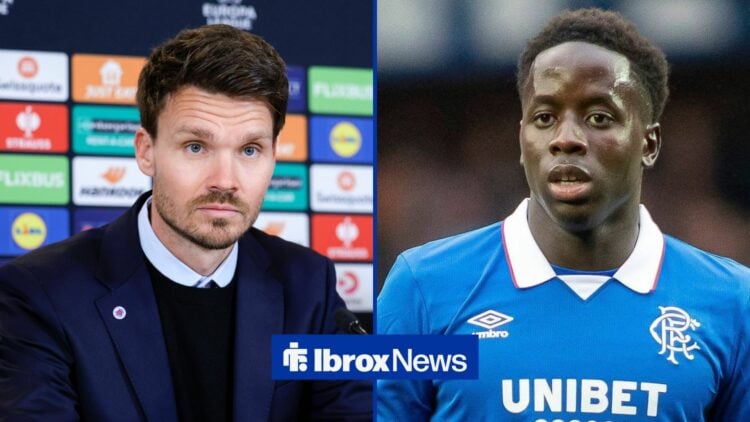Rangers New Boss, Danny Rohl Makes Shocking Call Following 3-1 Premier League victory over Kilmarnock.
When Danny Röhl took charge of Rangers, the club was under pressure: poor home form, a recent heavy defeat in Europe, and a sense that the squad lacked identity.
In the 3-1 Premier League victory over Kilmarnock, Röhl made a somewhat surprising tactical decision: he deployed Gassama—traditionally a winger—as the right wing-back in a back-three system. On paper it seemed risky; in practice it helped unlock something different for Rangers.
The call
Röhl shifted to a back three, allowing the full-back zones to push up and the wing-back roles to operate with more freedom. In this system, Gassama was given the right-wide channel in the wing-back slot.
Former Rangers winger and pundit Neil McCann described the move as “brave” because Gassama is more of a forward/winger than a conventional wing-back.
Yet the mechanics of the system allowed Gassama to be comfortable: with James Tavernier stepping in as a right-centre-back in the three, Gassama’s defensive responsibilities could be calibrated so he still had licence to attack.
Why it worked
1. Exploiting width and attacking impetus: Gassama’s natural instincts are offensive—he likes to take the ball forward, beat a man, deliver crosses.
By giving him wing-back freedom the system allowed Rangers to attack from the wide areas with genuine pace and penetration. He may not have created a chance in the game, but his positioning and movement pulled defenders and created space.
2. Structural balance & security: The back three and Gassama’s wing-back role offered a safety net. With the extra centre-back, Rangers were less exposed when Gassama pushed forward.
This allowed them to control space better, win second balls and press more effectively. McCann noted that the three centre-backs gave “real solidity” which then freed them in midfield and across the pitch.
3. Familiarity and trust: Gassama had worked with Röhl previously at Sheffield Wednesday, and had spoken about how the German coach backed and developed him. That prior relationship meant Gassama understood Röhl’s demands and could adapt more quickly into a less-natural role.
4. Psychological boost & fresh start: In choosing Gassama in that role, Röhl sent a message: things are changing; he’s willing to make bold calls.
For the squad it was a reset. After a poor outing in Europe, signing off a home league win with this system gives both confidence and momentum. Röhl himself said the win was a “small step” forward but one that helped build belief.
Caveats and next-steps
Of course, the role isn’t perfect yet. Gassama registered only 24 accurate passes from 26, just one shot and no chances created in this outing. That suggests the attacking output from his side of the pitch still needs refinement. Also, using a winger in a wing-back slot exposes some defensive risks which will need ironing out as the season progresses.
But in this match, the decision stood out as a marker of intent and tactical thinking—not just tweaking for survival, but adapting the squad’s strengths into a coherent system. For Rangers fans, this wasn’t just another win; it was a visible change in direction.
In short: Danny Röhl’s “brave” call to use Djeidi Gassama as a wing-back worked because it aligned the player’s strengths with the new system, added attacking width while retaining defensive structure, and provided a psychological jolt of freshness. The win vs Kilmarnock may just be the start of something bigger.









